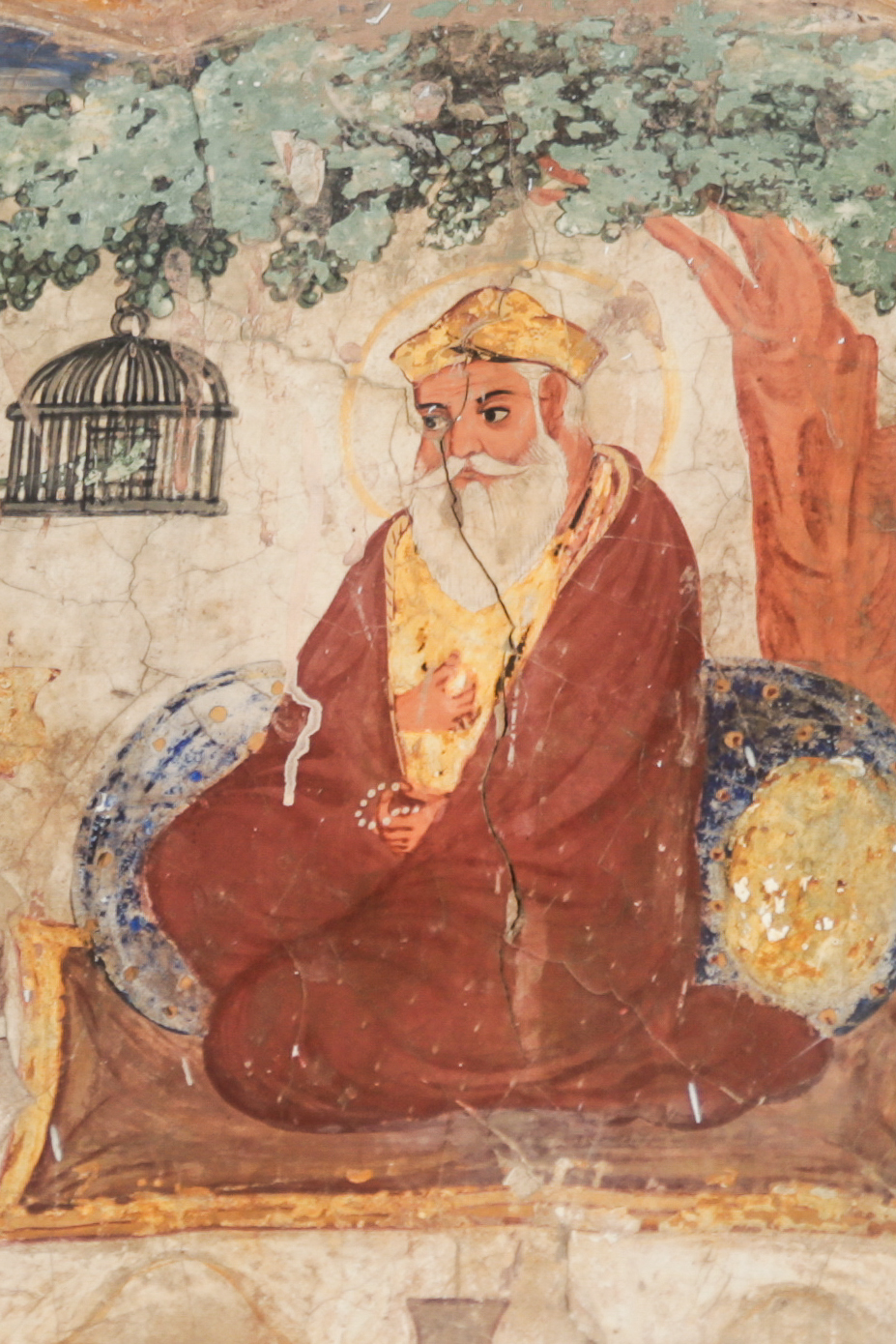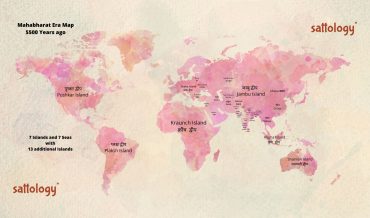Guru Nanak Dev ‘s teachings are universal in nature in that they apply to entire human mankind. The places of pilgrimages related to Guru Nanak Dev are all located in current Punjab province of Pakistan. Therefore, it is but natural that Punjab Province in Pakistan completely follows Guru Nanak Dev’s teachings. Places visited by Guru Nanak Dev included Sylhet, Mecca, Multan, Tibet, Baghdad, Jerusalem and most parts of South Asia where in he debated with Muslim scholars, Buddhist scholars and Hindu scholars. Sri Chand, the second son of Guru Nanak Dev founded Udasi sect which combined the teachings of Sanatana Dharma and Guru Nanak Dev’s teachings. Guru Nanak Dev’s teachings came at a time in the history of Bharat when Muslim Oppression was at its peak, and Christianity was being introduced into the cultural ethos of India. Guru Nanak Dev was impressed by the Bhakti resurgence movement of Sanatana Dharma and also the prevailing socio economic resilience of Hindu society towards the Muslim oppressors. Guru Nanak dev’s visit to Puri Jagannath Temple was the most important turning point in his spiritual journey. The result of that visit being seen in every page of Shri Guru Granth Sahib, the 11th Guru of Sikhs.
“Swasi grasi harinam samali
Simar bus vishwambhar ak”
In Chaitanya Bhagavat, we find the confirmation of Guru Nanak dev’s meeting with Chaitanya Mahaprabhu in Puri. This was recorded by Ishwar Das in his writings about the life of Chaitanya Mahaprabhu.
Srinibasaye Vishwambhar
Kirtan madyare Vihar
Nanak Saranga ye dui
Rupa Sanatana dui bhai
Jagai Madhai Ekatra
Kirtana Karanti Nritya
Here Ishwar Das mentions how Guru Nanak Dev performed Hari Kirtan with Chaitanya Mahaprabhu, Rupa, Sanatana, Srinivas, Jagai and Madhai. In Sylhet, Bangladesh, Guru Nanak Dev met Nityanand Prabhu and took mantra diksha. This fact is corroborated by none other than Panama Bhushan Dr Durgadas Basu in this research. In 974 instructions of Guru Nanak Dev in Guru Granth Sahib, kirtan of Hari’s names is given most prominence. After his intense meetings with Gaudiya Vaishnava School, Guru Nanak Dev’s emphasis on Hari’s name became a focal point of his teachings. Sri Chand continues this mood of Guru Nanak Dev when he sounded Udasi group of traveling saints. Emphasis on ‘Naam Japna’, one of his three principle instructions comes after his meeting with Nityanand Prabhu and Chaitanya Mahaprabhu.
Guru Nanak Dev’s father Kalu Mehta was an educated Vedic Guru well versed in Vedic scriptures and he taught his son through his sermons and his actions. That there is an intrinsic connection between Hinduism and Sikhism is well established through history and teachings of Guru Nanak Dev. Despite widespread Muslim oppression against Hindus during that time, Guru Nanak Dev allied himself to the Bhakti Vaishnava school of Hinduism to bring spiritual peace to oppressed Hindu communities through Harinam Japna.
Pakistan’s Punjab province is filled with Sites closely connected with Guru Nanak Dev and his pastimes. Kartarpur Opening gives a chance to all Hindus and Sikhs to celebrate his contribution to humanity. The winds of change towards a more civil society in Pakistan may start from Kartarpur Sahib. The entire Punjab province of Pakistan is engulfed with flames of Islamic terrorism against Hindus and Sikhs. The genocide of Sikhs in 1947 cannot be forgotten by anyone. The core teachings of Islam go into direct conflict with teachings of Guru Nanak Dev. Also Pakistan’s policy of first names of all Sikh children to be Islamic hasn’t gone down well with Sikh community in Pakistan. Also, the flag of any Gurudwara has to be of Akal Takht, not a Pakistani flag. As Sikh and Hindu communities celebrate opening of Kartarpur Sahib and so does their hope of Pakistan becoming a Hindu nation again. Hindus and Sikhs have together protected each other against Islamic attacks since the lifetime of Guru Nanak Dev.
Bole sau nihal, Sat Sri akal. Om tat Sat.
All information entered is personal to the author. Any modification or changes must be addressed to the author.









